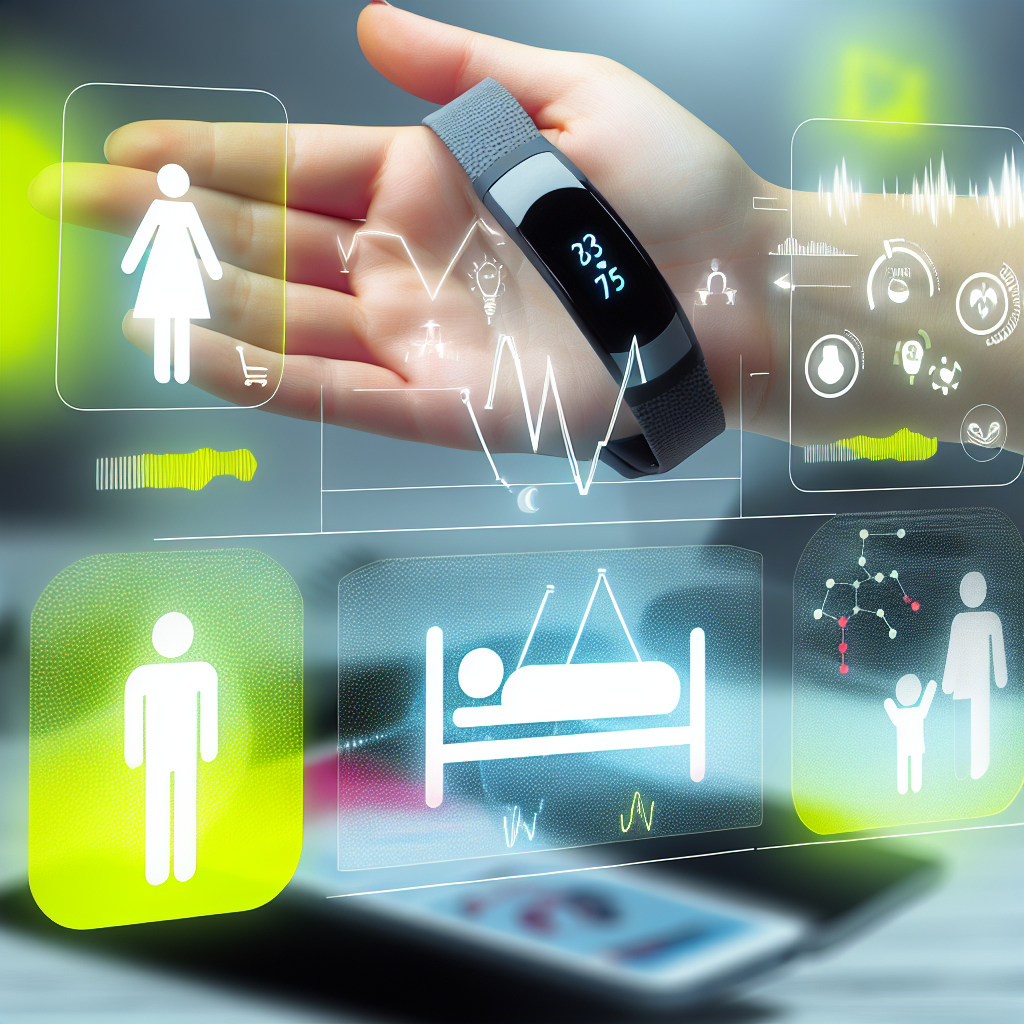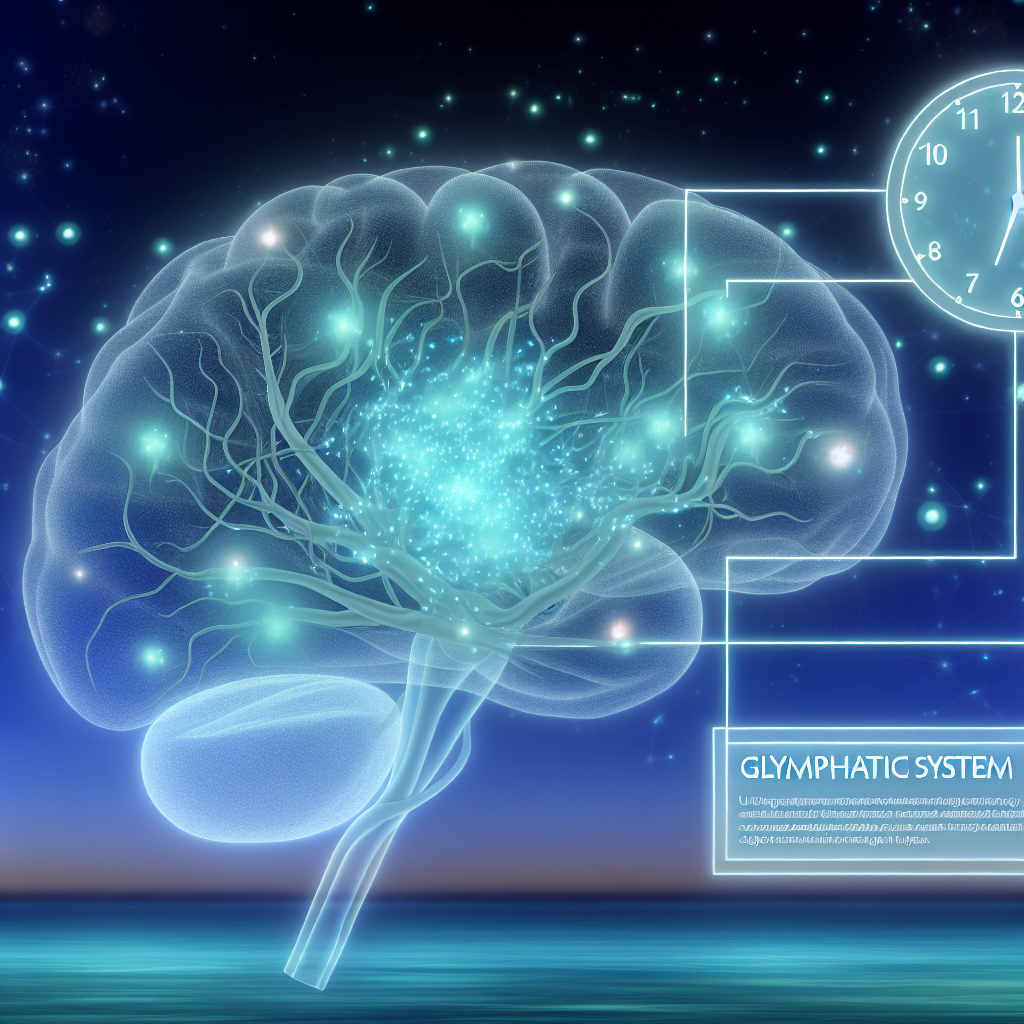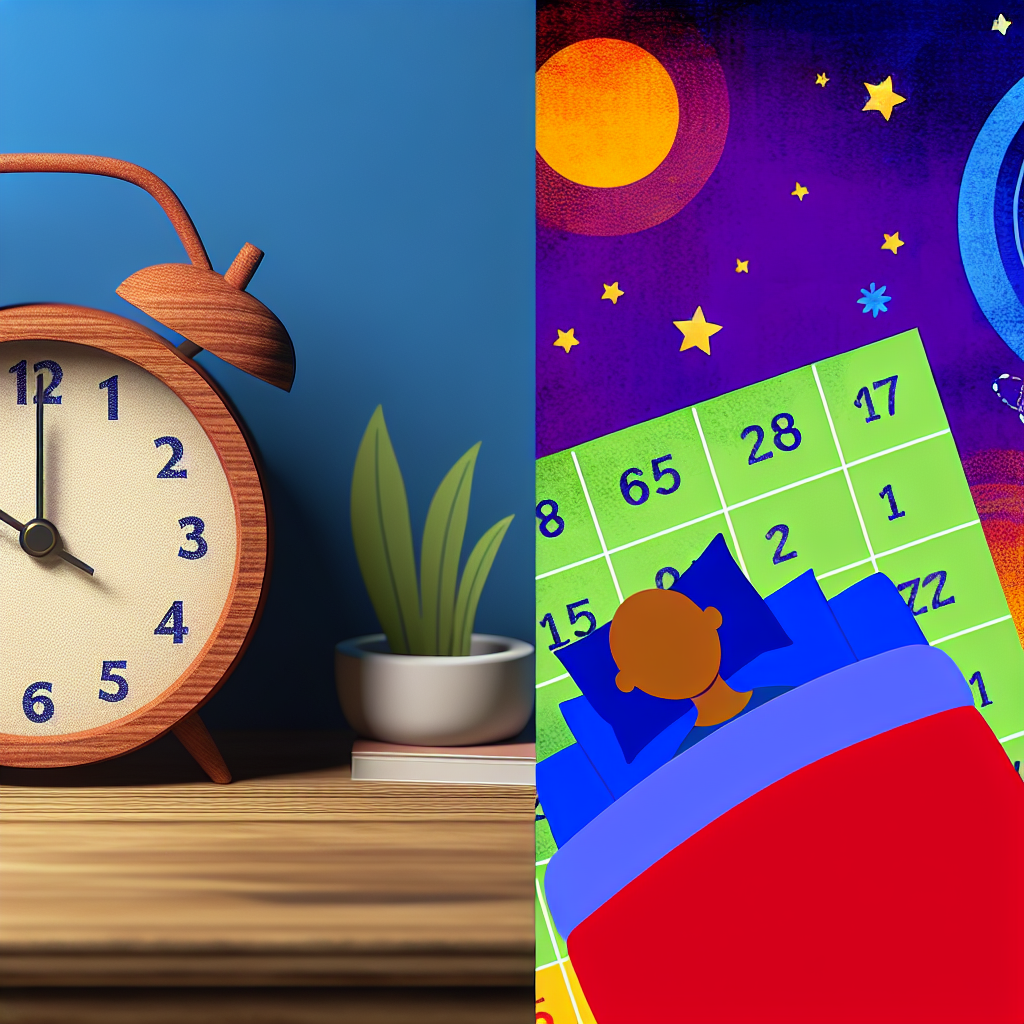Health App Integration – Syncing Sleep Data with Apple Health
Introduction
In our fast-paced modern world, achieving good-quality sleep is more important than ever in maintaining physical health and mental well-being. With the rise of **health technologies**, individuals now have more tools than ever to better understand, monitor, and improve their **sleep health**. One major leap forward has been syncing **sleep tracking apps and devices with Apple Health**, a centralized health data hub. This integration gives users access to a unified and intelligent view of their sleep behaviors, supporting **personalized sleep habits**, enabling **early detection of sleep disorders**, and promoting lifelong wellness.
Apple Health acts as an intuitive and secure home for all personal health information, aggregating data from multiple sources such as fitness trackers, smartwatches, and sleep monitors. From metrics like heart rate to respiratory patterns and sleep duration, the platform supports a **comprehensive, holistic profile of user health**.
Thanks to sleep apps like Fitbit, Withings Sleep, AutoSleep, Pillow, and Sleep Cycle, the mystery of nightly rest is being increasingly demystified. These tools offer relevant insights into sleep duration, sleep stages (like REM and deep sleep), snoring detection, and even overnight heart rate variability. When these are integrated into Apple Health, users receive highly detailed feedback on both the quality and quantity of their sleep.
For segments like individuals managing chronic conditions, students under stress, parents adjusting to infant sleep schedules, and older adults experiencing age-related sleep changes, having easy access to **integrated sleep data** is highly valuable. This synchronized data can also assist healthcare professionals in making informed treatment or lifestyle recommendations. With better awareness comes improved decision-making, diagnosis, and much-needed rest.
This article breaks down the features, benefits, and supported research behind the **synchronization of sleep apps with Apple Health**, and how it is reshaping digital health for all generations.
Features and Studies Supporting Health App Integration
The accuracy and utility of integrating **sleep tracking technology** with platforms like Apple Health has been confirmed through various studies. A 2019 review published in the journal Sensors evaluated popular **wearable sleep devices** such as the Apple Watch and Fitbit, concluding they were effective for both personal use and as part of healthcare monitoring strategies. These devices measure key sleep metrics such as total sleep time, sleep latency, and **number of awakenings**, which when aggregated with Apple Health, present a clear picture of nightly patterns.
Apple Health’s dashboard displays sleep metrics on a visually engaging, time-aligned chart that allows users to assess trends in sleep consistency, disruptions, or improvements. For example, if someone consistently wakes during REM stages, it may point to **stress, apnea, or movement disorders**.
The integration process is also fairly seamless. Most apps support Apple’s HealthKit framework, which facilitates easy data syncing. Once the user grants permissions, the data—from sleep to heart rate—is securely shared across the Apple Health ecosystem. This direct integration allows other applications and even healthcare providers to access and interpret a user’s sleep profile, creating a comprehensive snapshot of wellness.
Beyond consumer use, **synchronized sleep data** has clinical implications. A 2022 study published in the Journal of Medical Internet Research detailed how doctors were able to evaluate post-procedural recovery and mental health progress (e.g., anxiety therapy) using real-time sleep data from wearables. By monitoring fluctuations in sleep over time, clinicians could tailor recovery plans and mental health treatments to each patient’s sleeping rhythms.
Another critical advantage lies in **child and adolescent sleep management**. With growing concerns around screen time, exam-related anxiety, and over-scheduling, school-aged children are increasingly vulnerable to insufficient sleep. Parents using apps synced to Apple Health can track bedtime routines and sleep duration, reducing behavioral issues, improving classroom attention, and aligning practices with the National Sleep Foundation’s guidelines.
For **elderly individuals**, the implications are equally significant. Sleep disruptions in older adults may be linked to underlying conditions such as **insomnia, cognitive decline, or Alzheimer’s disease**. Devices capable of identifying irregular sleep-wake patterns assist caregivers and healthcare providers in implementing timely interventions or medication reviews. Apple Health offers caregivers consolidated access with permission—an empowering safeguard for aging populations.
At a population level, syncing sleep data into centralized platforms like Apple Health allows for anonymized health analytics. This helps researchers and healthcare systems understand the wider implications of sleep on productivity, chronic disease rates, and mental health prevalence. Studies can be designed to evaluate sleep quality’s association with conditions like **cardiovascular disease** or **Type 2 diabetes**, offering the potential for large-scale health strategy improvements.
Conclusion
Health app integration with Apple Health is transforming how we understand and optimize our nightly rest. With sleep insights sourced from multiple apps and devices, users gain access to a shared ecosystem that paints a data-driven picture of their overall sleep health. Whether it’s a new parent evaluating nightly rest disruptions, a teen navigating digital life, or a retiree monitoring age-related changes, synchronized sleep data is a game-changer.
As **digital health** becomes more personalized, the value of this integrated data will continue to grow. Medical professionals, informed by detailed, longitudinal insights, can identify precursors to disorders or tailor sleep hygiene guidance. Ongoing research confirms that consumer-grade trackers—when combined with HealthKit architecture—are accurate enough to be useful in both home and clinical settings.
Ultimately, syncing sleep data with Apple Health evolves passive tracking into active wellness planning. It represents a future where everyday technologies support not only awareness but also preventive healthcare—putting better sleep, and better life, within reach.
Concise Summary
Integrating sleep tracking apps and wearables with Apple Health gives users a comprehensive view of their sleep patterns, supporting better health decisions. Through seamless data synchronization via HealthKit, apps like Fitbit and Sleep Cycle help monitor sleep stages, durations, and anomalies. This data isn’t just for personal insight—it informs healthcare providers and supports mental health, child development, and elder care. Backed by clinical research, syncing sleep data with Apple Health promotes smarter, personalized sleep interventions—empowering everyone, from parents to providers, to make informed decisions for better rest and well-being.
References
1. Menghini, L., et al. (2019). “Sleep and Wearable Devices: A Review.” Sensors.
2. Robbins, R., et al. (2022). “Wearable Sleep Technology Monitoring and Personalized Health.” Journal of Medical Internet Research.
3. Apple Health and HealthKit – Apple Developer Documentation.
4. American Academy of Sleep Medicine – Healthy Sleep Habits.
5. National Sleep Foundation – Sleep Guidelines by Age.

Dominic E. is a passionate filmmaker navigating the exciting intersection of art and science. By day, he delves into the complexities of the human body as a full-time medical writer, meticulously translating intricate medical concepts into accessible and engaging narratives. By night, he explores the boundless realm of cinematic storytelling, crafting narratives that evoke emotion and challenge perspectives.
Film Student and Full-time Medical Writer for ContentVendor.com




